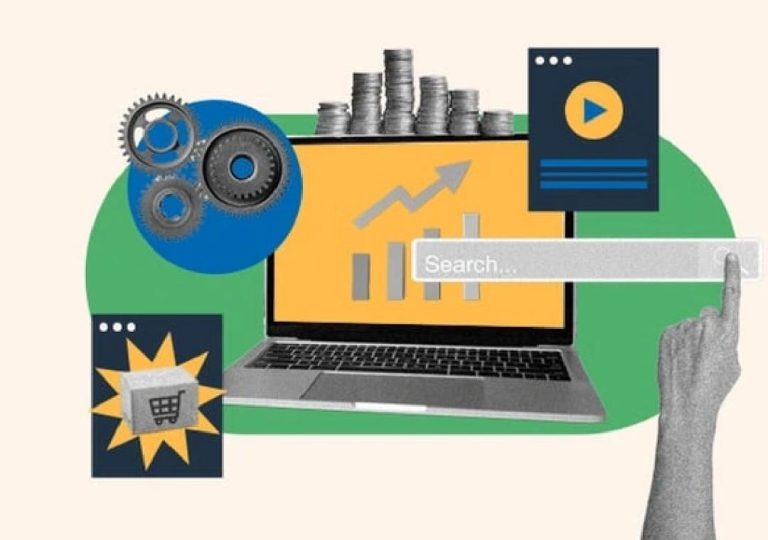
Why Free Trials are Quietly Reshaping SaaS Adoption
In today’s competitive SaaS landscape, businesses are constantly seeking innovative ways to reduce friction, build user confidence, and test product-market fit at scale. One approach that has emerged as a game-changer is the free trial. No longer just a limited-time offer, free trials are becoming a strategic tool for SaaS companies to stand out from the crowd and increase conversions.
According to Intellsys, a leading SaaS adoption analytics firm, early-stage users who get hands-on experience with a product through a free trial are three times more likely to convert into paying customers. This staggering statistic highlights the power of free trials in reshaping SaaS adoption.
The Evolution of Free Trials
The concept of free trials is not new. However, the way they are being implemented has undergone a significant transformation in recent years. Gone are the days of generic, one-size-fits-all trials that are often seen as a necessary evil. Modern free trials are designed to be personalized, targeted, and tailored to the user’s specific needs.
For instance, companies like HubSpot and Zendesk offer free trials that are specifically designed to educate and engage users. These trials provide a taste of the product’s core features and functionality, allowing users to get a feel for how the product can solve their specific pain points.
Reducing Friction
One of the primary benefits of free trials is that they significantly reduce friction in the sales process. When users are asked to commit to a paid plan upfront, it can be a daunting task. Free trials, on the other hand, allow users to experience the product without any financial risk.
This reduction in friction has a direct impact on conversion rates. According to Intellsys, companies that offer free trials see a significant increase in conversions, with some reporting up to a 30% boost. This is because users are able to get a feel for the product and understand its value before committing to a paid plan.
Building User Confidence
Free trials are not just about reducing friction; they are also an effective way to build user confidence. When users are able to experience the product firsthand, they are more likely to trust the brand and feel confident in their decision to purchase.
This confidence is critical in the SaaS space, where users are often making significant investments in software solutions. By providing a risk-free trial, companies can alleviate any doubts or concerns that users may have, ultimately leading to increased conversions and customer satisfaction.
Testing Product-Market Fit at Scale
Free trials also provide a unique opportunity for companies to test product-market fit at scale. By offering a free trial to a large group of users, companies can gather valuable feedback and insight into how their product is being used.
This feedback can be used to refine the product, identify areas for improvement, and validate the company’s assumptions about the target market. By testing product-market fit at scale, companies can reduce the risk of launching a product that fails to resonate with users.
Best Practices for Offering Free Trials
While free trials are a powerful tool, they are not a one-size-fits-all solution. Companies that want to get the most out of their free trials should follow best practices such as:
- Personalization: Offer personalized free trials that are tailored to the user’s specific needs and goals.
- Clear messaging: Clearly communicate the value of the free trial and what users can expect to achieve.
- Limitations: Set clear limitations on what users can do during the free trial to prevent abuse and ensure that users understand the scope of the trial.
- Scalability: Ensure that the free trial can be scaled up or down depending on the company’s needs and resources.
- Analytics: Use analytics to track user behavior and gather feedback during the free trial to inform product development and marketing strategies.
Conclusion
Free trials are no longer just a limited-time offer; they are a strategic tool for SaaS companies to reduce friction, build user confidence, and test product-market fit at scale. By offering personalized, targeted, and tailored free trials, companies can increase conversions and customer satisfaction, ultimately driving growth and success in the competitive SaaS landscape.
As the SaaS landscape continues to evolve, it is clear that free trials will play an increasingly important role in SaaS adoption. By understanding the benefits and best practices for offering free trials, companies can stay ahead of the curve and achieve success in this rapidly changing market.
Source:






